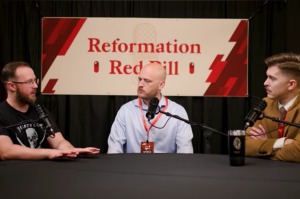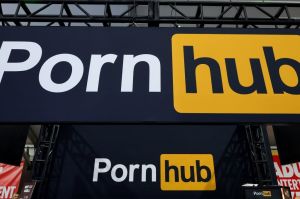FDA Requiring Precise Sunscreen Labeling
Come next summer, the first thing to note on a sunscreen label would be “Broad Spectrum” and “SPF 15” (or higher). The Food and Drug Administration on Tuesday issued new guidelines for sunscreen labeling to give consumers clear information about the product’s effectiveness.
The new guidelines are meant to eliminate ambiguity regarding what a sunscreen can or cannot do. Users know that sunscreens products are supposed to mention the sun protection factor or the SPF. According to the agency guidelines, for adequate protection the products must have SPF 15 or higher.
Sunscreen products that have SPF values higher than 50 will be labeled as “SPF 50+.” This is because FDA says there’s no evidence to show that SPF values higher than 50 provide additional protection compared to products with SPF values of 50.
Besides SPF, the other most important guideline is regarding “broad spectrum.” Sunscreens are supposed to provide protection against the ultraviolet (UV) radiation, which contain both UVA and UVB wavelengths. While both UVA and UVB can cause skin cancer and early skin aging, UVB also causes sunburn. A broad spectrum product protects against UVB and a certain percentage of UVA.
Such labels will also be allowed to carry additional information that the product protects against skin cancer and early skin aging.
However, if a sunscreen product does not meet either of these requirements, i.e., if it is not broad spectrum or it is broad spectrum with SPF values from 2 to14, it will have to be labeled with a warning that the product only helps preventing sunburn, not skin cancer or early skin aging.
Additional guidelines are regarding the use of terms “sun block,” “waterproof,” and “sweat proof” on the labels. These are misleading, the agency holds. There is no proof that these products block all the radiation in sunlight.
They may be called “water resistant” and the label must clearly mention the duration of such protection – 40 minutes or 80 minutes, the only two times permitted.
Sunscreens cannot claim “instant protection.”
Lydia Velazquez of the FDA’s Center for Drug Evaluation and Research said the changes were necessary because there is much more scientific understanding about the sun’s dangers.
“We want consumers to understand that not all sunscreens are created equal,” Velazquez said.
She said that it is important that consumers read the entire label, both front and back, so they can choose the product that best meets their needs.
Experts have welcomed the new guidelines that came after over three decades of deliberations.
“For the first time, the FDA has clearly defined the testing required to make a broad-spectrum protection claim in a sunscreen and indicate which type of sunscreen can reduce skin cancer risk,” said dermatologist Ronald L. Moy, MD, FAAD, president of the American Academy of Dermatology Association, in a statement.
“[The] announcement will take a lot of the guesswork out of reading sunscreen labels,” Michael Hansen, Ph.D., Consumers Union senior scientist, said, according to WebMB.
In 2010, more than 1,000,000 new cases of skin cancer (nonmelonama) were reported, which resulted in 1,000 deaths. The death count is much higher in case of melanoma, the most serious form of skin cancer, which killed 8,700 Americans in 2010. The number of new cases reported was 68,130.
The National Council on Skin Cancer Prevention says on its website that the number of new cases of skin cancer diagnosed in the U.S. each year is more than all other cancers combined.
These new rules will take effect by the summer of 2012.





























